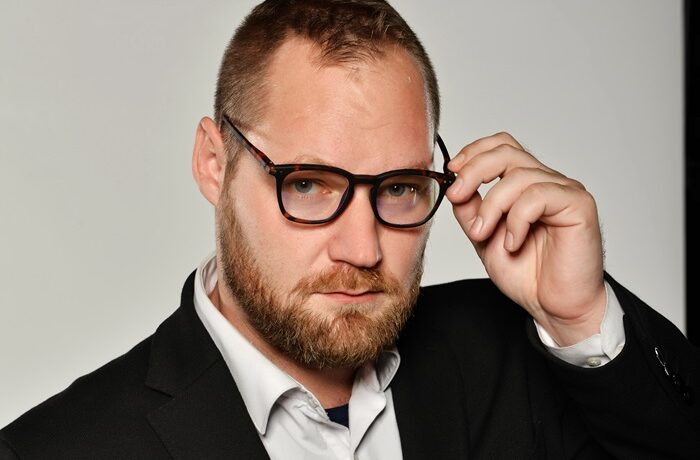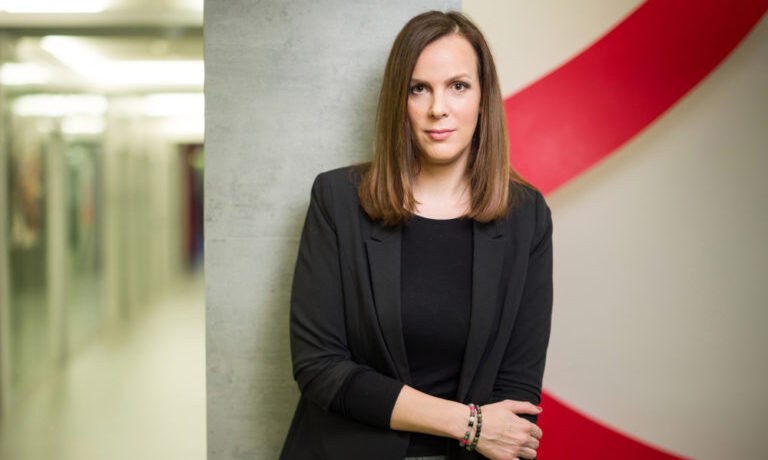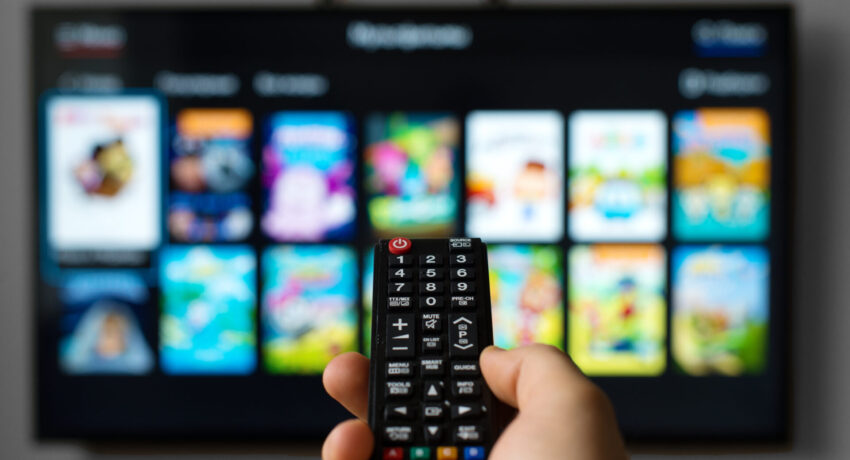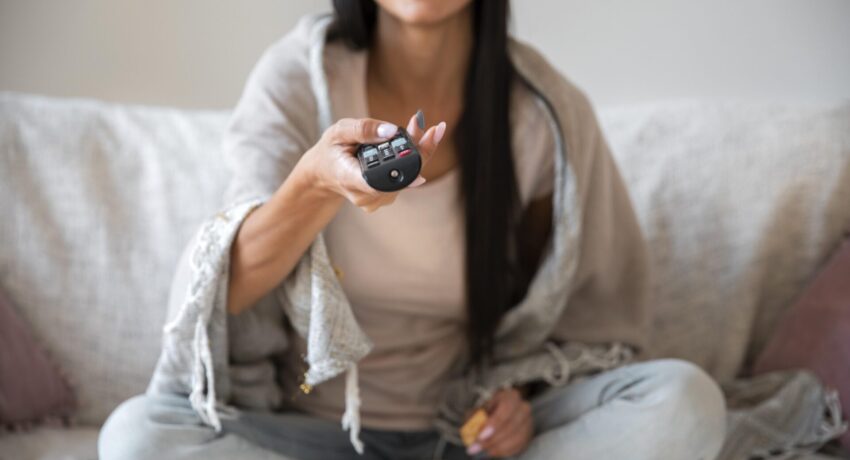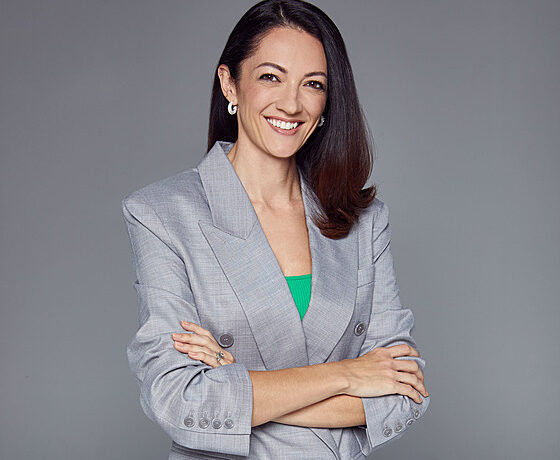The world of children is full of risks associated with the use of the internet, which also includes the risk of copyright infringement in addition to various types of cybercrime. For today’s children, computers are an integral part of life from an early age. The internet is their domain, they frequently surf the net from the age of ten, often even earlier. The computer and the internet are their natural means of entertainment and communication. They usually start with streaming songs and playing games and gradually move on to downloading software, films, etc. However, they often have no idea that what they are doing may be illegal.
With the explosive growth of the internet, the data volume restrictions that used to be a natural barrier to the rapid and uncontrolled dissemination of content, including pirated content, have long since disappeared. Whereas a few years ago downloading films required enormous patience, today large files such as films can be downloaded in a matter of minutes.
Unfortunately, research suggests that children actively engage in morally and socially ambiguous behaviour online, which includes sexual socialisation, recklessness, rude and abusive behaviour and illegal or unauthorised online activities, including hacking or unauthorised downloading or distribution of copyrighted content.
Online piracy has become an activity that now appears to be firmly embedded in children’s everyday lives. Parents often do not have a clue what their children are using the computer for, and if they do try to control them, they usually focus on basic safety. They usually leave copyright education aside or leave it up to schools or other entities.
Children and young people are not taught to respect intellectual property. Copyrighted works are perceived as elusive and therefore available to all without restrictions. Copyright and intellectual property are not actively supported by the general public. As is evident from various discussions on the internet, the public considers them to be incomprehensible, complex, and unjustified. No wonder. Piracy is often perpetrated by parents. According to the Czech Anti-Piracy Union, the most widespread arguments to justify piracy are claims such as “the author didn’t lose anything”, “I wouldn’t buy it for the money anyway” and “it’s too expensive”.
Downloading copyrighted content requires little technical knowledge and is unfortunately often considered “morally acceptable” among children. Children usually do not fear punishment or even do not know that they are committing a crime.
Risks of illegal downloading
Criminal liability is not the only problem that pirate downloading brings. What children think is free may in fact be associated with adware, spyware or other malicious software that is often designed to go unnoticed for as long as possible. The consequences of such an infection can range from unwanted ads and pop-ups to stolen personal information and loss of access to all important data. This does not only concern PCs and laptops. Dodgy websites as well as streaming devices, mobile phones and smart TVs may pose a risk:
- If children are streaming illegal content online, they may be exposed to cyber threats, intrusive pop-ups and harmful content.
- Pirated content is not equipped with parental controls to protect the whole family.
- Unsolicited explicit advertisements may appear.
- Streaming pirated content exposes family devices to direct risk of malware infection.
- Criminals involved in online piracy make money by installing junk ads and viruses.
- Malicious software on devices puts families at risk of identity theft and fraud.
- Families should be aware of the criminal consequences of illegal viewing of pirated content.
- Viewers, people who share the stream, or anyone who shares links to them are breaking the law.
Alarming findings were also reported in the Czech research Perceptions of Cybercrime among Children. This project was carried out among pupils from sixth to ninth grade of primary schools within the framework of the Regions for Safe Internet project at the end of 2023. The results point to the fact that pupils are still insufficiently aware of what they may and may not do on the internet, or what behaviour on the internet is classified as cybercrime.
In terms of knowledge of what actions are punishable in cyberspace, students showed the lowest knowledge of copyright infringement. Only 34% of pupils identified sharing films as a criminal activity. Copyright infringement, specifically cracking, was also the most frequent type of harmful online behaviour (over 13%). Comparing this with the 2018 results, it is clear that there has been an overall increase in awareness of what is punishable in cyberspace but only by a few percent.
Current projects in the Czech Republic
Currently, the issue of illegal downloading of software by children (and adults) is not yet receiving sufficient attention in the Czech Republic, as research conducted as part of the Regions for Safe Internet project has shown. However, there are several useful projects aimed at informing parents and teachers about the risks and consequences of children’s problematic behaviour on the internet, including the illegal downloading of software.
E-bezpeci.cz (E-Safety Project)
In the Czech Republic, the E-Safety project focuses on children and the internet. It is a nationwide certified project focused on prevention, education, research, intervention and awareness concerning risky behaviour on the internet and related phenomena.
The E-Safety project is implemented by the Centre for Prevention of Risky Virtual Communication of the Faculty of Education of Palacký University in Olomouc in cooperation with other organisations. It is a certified project for the primary prevention of risky behaviour and a project certified in the system of further education of pedagogical staff (DVPP).
The target groups of the E-Safety project include pupils (from the first grade of primary schools) and students, teachers, social pathology prevention officers, prevention methodologists, police officers, crime prevention managers, educators, workers of the Authority for Social and Legal Protection of Children (OSPOD) and, last but not least, parents.
The E-Safety project specialises in cyberbullying and sexting, cybergrooming, cyberstalking, the risks of social networks, hoaxes, spam and fake news, online addictions (netolism, nomophobia), the phenomenon of youtubering and the misuse of personal data in the electronic media environment.
On the project website you can find:
- links to research on internet safety,
- materials and advice for parents and teachers,
- articles on various topics,
- links to external sites with useful information,
- links to various podcasts, radio shows, etc.,
- online video courses,
- online advisory services.
The portal also contains a link to the publication Safe Internet Behaviour for Boys and Girls, published by Palacký University in Olomouc in 2022, which also briefly addresses illegal downloading of content, including the fines for piracy.
Safer Internet Day
The international Safer Internet Day takes place in more than 190 countries around the world. In the Czech Republic, the event is coordinated by the Safer Internet Centre, which is managed by the CZ.NIC association. It is held annually on the second Tuesday in February. This year, the date fell on 6 February, and it was the twenty-first Safer Internet Day.
Hundreds of organisations, schools or individuals mark this day each year. Not only organisations dedicated to safety, prevention or education but also government institutions, parents and children can get involved. Last year, a guide was published with a clear selection of tips and activities for different age groups.
Czech Anti-Piracy Union
Since 2006, the Czech Anti-Piracy Union has been implementing a preventive, awareness-raising and educational campaign Films are not free and has been engaged in comprehensive education on illegal downloading of content.
Tips for parents
Of course, parents are a very important factor. They are the ones to explain to their children that by illegally downloading and distributing content they expose themselves and their parents to legal sanctions. They should also:
- Make sure children know that file sharing and illegal downloading is considered theft.
- Check their computers regularly. Pages logged in your computer’s history or new icons or newly installed software may indicate an illegal activity.
- Find free and legal download sites for children or direct them to the original software manufacturer’s website or official online stores.
- Install regular operating system patches and use reliable internet security solutions.
- Teach your children to stop and think before they click on links and download buttons, as many of these can be deceptive and lead to fraudulent or outright malicious websites.
- Use reputable parental control apps to help them monitor their children’s downloading habits and block potentially problematic content.
And of course, they should set an example for their children. If parents are breaking the law, whether by illegally downloading and distributing content or otherwise, it is to be expected that children will consider such activity acceptable and will also break the law.
Sources: journals.openedition.org; nidirect.gov.uk, internetmatters.org;
For more details, refer to the Regions for Safe Internet study here.


